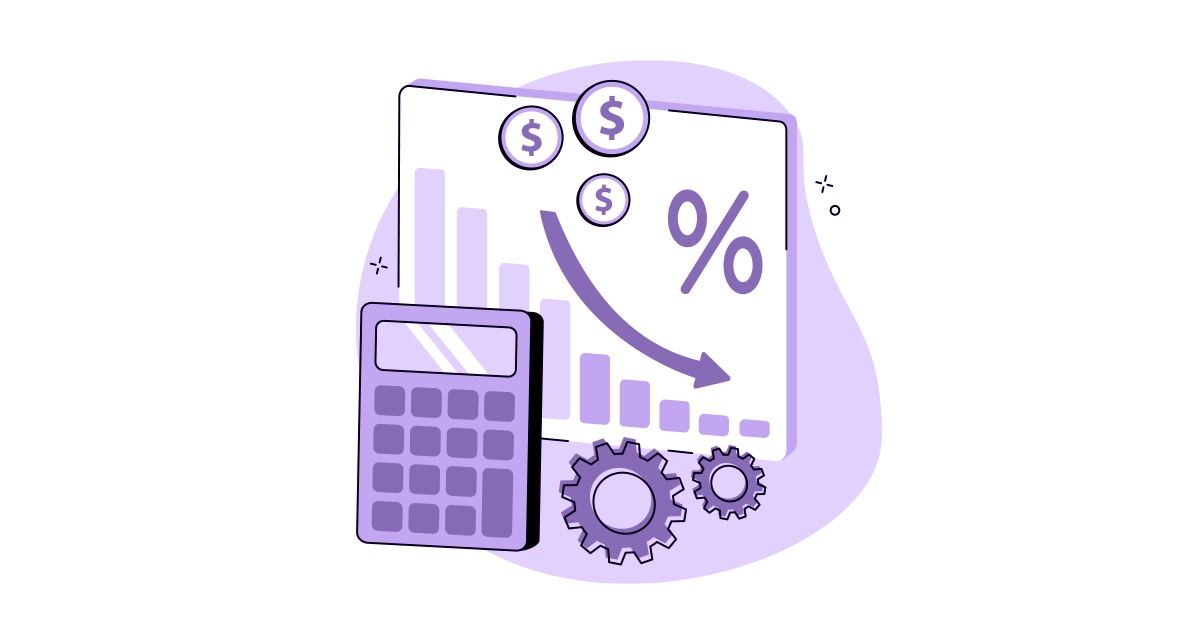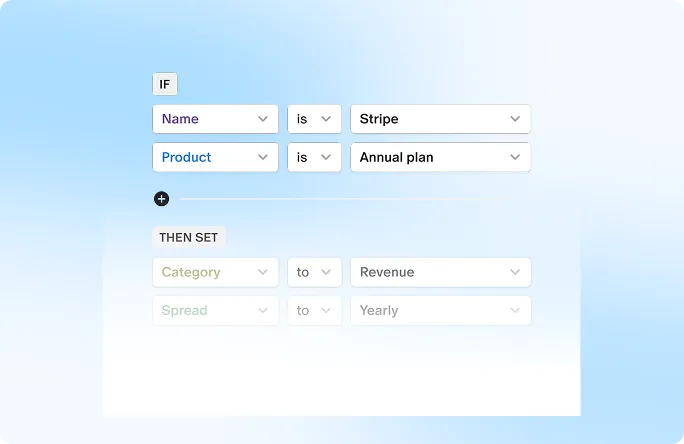For startups, valuation plays a crucial role in facilitating the fundraising process. It forms the basis for the equity exchange that takes place during the fundraise. The equity that investors get for their money is decided by the startup's valuation. But how is the valuation of a startup calculated?
Valuation, simply, is the worth of a company if it were to be sold. This holds for most of the well-established businesses with positive cash flows and profits.
But, generally, startups have little to no revenue. So, putting a valuation on startups is very much different than for a large company for two reasons.
The first reason being startups valuation is mostly notional. Startups are considered risky investments because of their high failure rate. A startup valued at hundreds of millions could go bankrupt and become worthless.
Consider PepperTap, for instance. The startup was valued at $600 million in its series B round. After all, the valuation of a company is what its investors (or their analysts) and promoters mutually agree on.
But the startup shut down within 4 months after its series B funding with almost no returns for the investors and founders.
This is a deviation from the concept of business valuation. Shouldn't it have fetched $600 million to its stakeholders?
From this example, we can conclude that startup valuations Should be taken with a pinch of salt.
The second reason is that putting a valuation on a startup is more of an art than science. This is an extension of the last point we made. Because startups lack financial records and physical assets in their early stages, there are almost no tangible assets to liquidate if they go out of business. Therefore, it isn't easy to assess their value.
Startups are valued based on their growth potential. Since forecasting growth involves taking a good number of assumptions, it's not easy to put a valuation on a startup during its early stages.
According to Aswath Damodaran, professor at Stern School of Business, who takes classes on business valuation, a good valuation is a bridge between story and numbers.
He advises founders that when they show a valuation number, they need to point out why the number is the way it is. There won't be any takers of the claim, "The startup will grow by 25% in the first 5 years and then at 5% thereafter."
He says that every number in the valuation should have a story behind it, and every story that the founders tell should have numbers attached to it.
He explains further by giving an example of Uber. He valued Uber in June 2014, when it was still a startup burning a lot of cash. His entire valuation was based on the company being "an urban car service company."
When he published his valuation report, one of the lead investors of Uber, Bill Gurley, reached out to him, claiming that he got the story all wrong; he claimed that Uber is a logistics company - not a car service company.
By placing Uber in the logistics market, Bill changed the valuation of Uber. While his valuation for the startup was $6 billion, it was $53 billion, according to Bill's story.
In this article, we will discuss various valuation methods that you can use to justify the valuation for your startup. These are the methods used by financial analysts, modern angel investors and venture capitalists. But keep in mind that you need to build a story to justify it.
To build the story, you need to know the various factors that go into evaluating a startup value. Some of these factors include the stage of the startup, market it operates in, founders' background, growth potential etc.
An Overview of Valuation Approaches
During fundraising, a higher valuation means low dilution for founders and less equity for investors. Therefore, investors may prefer those models that give less valuation to the startup, while founders may prefer those models that give a higher valuation. This could lead to a stalemate during fundraising.
We recommend using multiple methods to determine your startup valuation. Valuations determined by one method may vary widely from the other, and none of them may be accurate.
Using multiple methods gives you a range for your startup's valuation. Common ground can be reached with the investors based on the proper justification for the ask.
In this article, we have discussed five common methods for startup valuation: discounted cash flow, market approach, venture capital, Berkus and scorecard.
These methods are mostly used to value startups at the pre-revenue stages.
Though there are other methods like book value and cost to duplicate methods, we have not discussed those in this post owing to their approach of basing the valuation on tangible assets, which most startups don't have.
1. Discounted Cash Flow Method
This method is used to forecast the future (typically 5-10 years) cash flows of the company, after that discounting each year's cash flow to the current year. The sum of the discounted cash flows gives you the present value of your company.
The discount rate is based on the expected rate of return from the investment. The riskier the investment, the higher the discount rate.
The Discounted Cash Flow (DCF) model is used to derive the company's intrinsic value, independent of the market perception.
It's difficult to predict cash flows for startups. Not only does it require a deep understanding of the market on the analyst's end, but the startup should also be able to sell the product (or services) in the market and generate revenue.
As you can see, there are a lot of assumptions that need to be made; therefore, it is seldom used alone for valuation.
The First Chicago method is a variation of the DCF method, mainly used for startups with some revenue. In this method, various scenarios - namely the best, average and worst - are considered using the DCF method for setting boundaries in which a startup will fall. Then a weighted average is taken based on the probability of each scenario.
2. Market Approach Method
The market valuation approach is also referred to as the comparable company approach. As the name implies, the comparable valuation is obtained by comparing your startup's performance to a group of similar startups.
This is a frequently used technique to estimate the firm's valuation, especially for early-stage startups.
To understand how much a company is worth, analysts search for other companies with similar characteristics that have done recent transactions.
Some of the dimensions taken to find similar startups are the company's business model, size, the stage, the geography of operations, market customers, revenue, market size and organisation structure.
As every startup has its unique considerations, adjustments need to be made accordingly to determine the close valuation of the company.
Adjustments needed can be made considering the product and services offered, the operating locations, and the company's profits.
This is a straightforward method, and as it is calculated based on the real data, valuations are generally close. Also, it does not involve any subjective predictions that eliminate the guessing game.
On the other hand, it's difficult to determine startups' valuations in new or emerging market segments, as the required data may not be available.
3. Venture Capital Method
The Venture Capital (VC) valuation method is viable for those founders who want to obtain a quick valuation estimate because it does not require much information and research.
In addition, because this method can be used to value pre-revenue and early-stage companies, it is popular among venture capitalists to calculate pre-money valuation.
In this method, the investor's calculates the likely exit value after a certain period, usually 3-5 years and determines its entry valuation, keeping in mind the target return The exit value refers to a valuation in a future liquidity event (e.g., merger and acquisition or public offering), allowing investors to realise their investment returns.
Therefore, these considerations will determine the investors' desired returns given the level of risk associated with the company.
One major drawback of this method is, it does not consider any fundamental business metrics and is based completely on market sentiment for estimation of future value.
Investors desired returns on investments = Exit Value / Post-Money Valuation, assuming no future dilution.
4. Berkus Method
Also referred to as the "Stage Development Method", the Berkus method was created by an angel investor- Dave Berkus. This approach values a startup enterprise based on a meticulous examination of five key success factors:
- The soundness of the idea (basic value)
- Prototype (reduces technology risk)
- Quality Management Team (reduces execution risk)
- Strategic Relationships (reduces market risk)
- Product Rollout or Sales (reduces production risk)
The goal of examining each success factor is to assign a quantitative value against it, which sums up to give the startup's total value.
For each of the five factors the startup fulfils completely, we increase its valuation by $500,000. So, a startup can have a $2M pre-money valuation.
Furthermore, this method considers a scenario that in the 5th year, the investor can exit at a $20 M valuation to make a 10x return on the amount invested.
This method is not relevant once the startup starts generating revenues. But it is a good method to understand and find the value of a startup in an early stage and negotiate with investors based on that.
5. The Scorecard Method
It primarily focuses on determining the median valuation for a pre-revenue startup in comparison to comparable companies. It is one of the popular methods used by angel investors to value startups at the very beginning.
As suggested by the method's name, scoring criteria will adjust the estimated mean value. The commonly used criteria are listed below, although the ranking will vary across different investors.
It's subjective to the investors and analysts who are valuing the company. Nonetheless, this calculation requires a lot of data, research, and labour.
Some of the factors considered by investors while valuing startups using this method are:
- The strength of the Management Team
- Size of the Opportunity
- Product/Technology
- Competitive Environment
- Marketing/Sales Channels/Partnerships
- Need for Additional Investment
While this article equipped you with various valuation methodologies, you can see how each process is individualized for the sui generis company.
Valuations: The Basis that Facilitates Fundraising Process
For founders, valuation is required for many purposes, like calculating the fair market value to price stock options, during fundraising, while issuing warrants or sweat equity, etc.
While merchant bankers, financial analysts or certified valuation firms do the valuation, it's necessary for founders to know the basics. During fundraising, you need to justify the asked valuation to prevent dilution beyond what you planned.
For investors, the company's valuation will inform their decision whether the investment returns are worth the risk associated when investing in a company.
But keep in mind that valuation is just a part of the overall fundraising process. There are other things that come before you go for fundraising that may take months of work on your part.
So, it's necessary to be investment-ready so that you can quickly move to the next stage while raising funds, which is term sheet and valuation negotiations.
Qapita keeps you investment-ready by keeping all your documents at a single place. It allows you to share your cap table and investment-related documents with prospective investors.
It also helps with setting up, administrating and granting ESOPs, another pre requirement from most investors while raising funds.


 Equity management
Equity management

 Fund management
Fund management

 Fund management
Fund management

 Fund management
Fund management





































